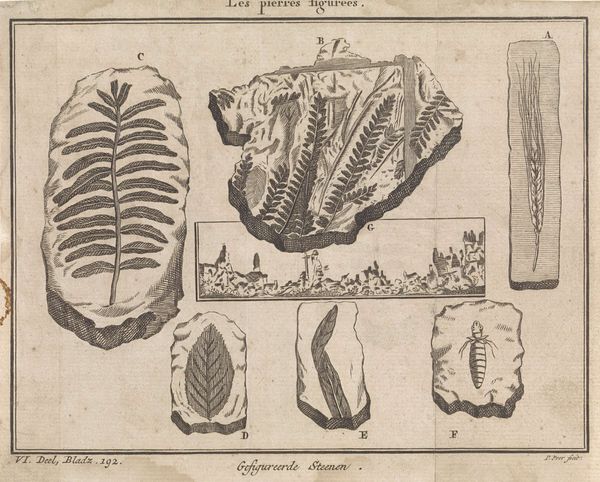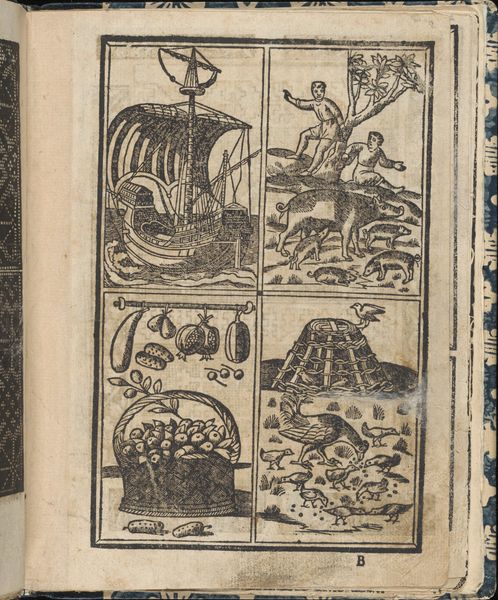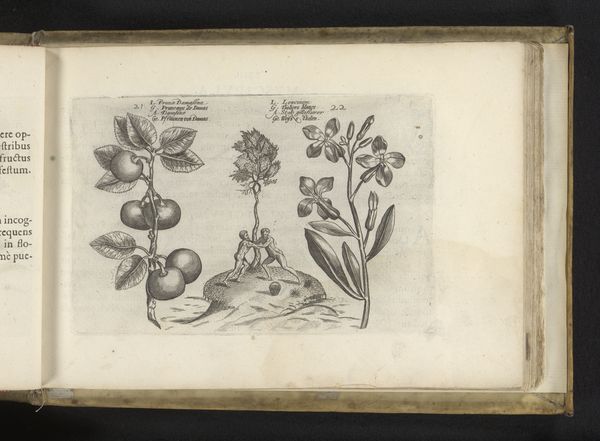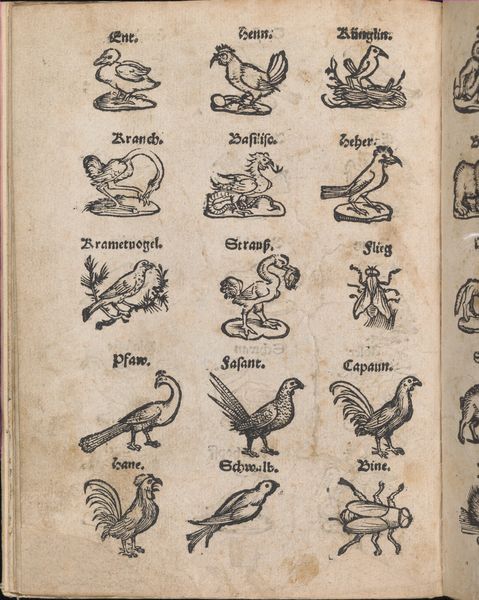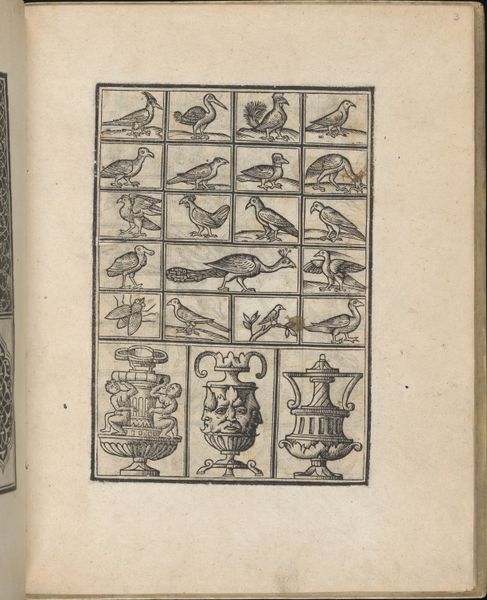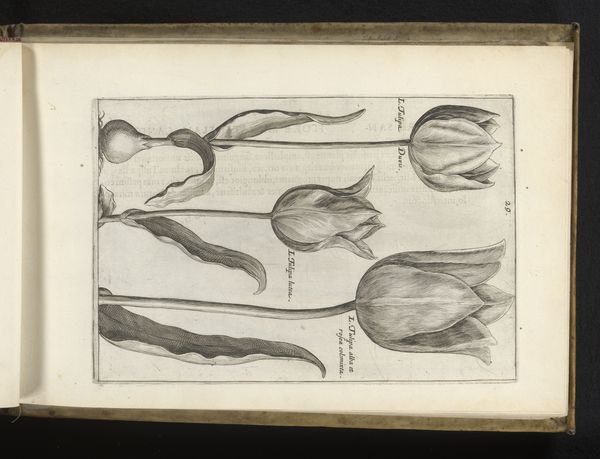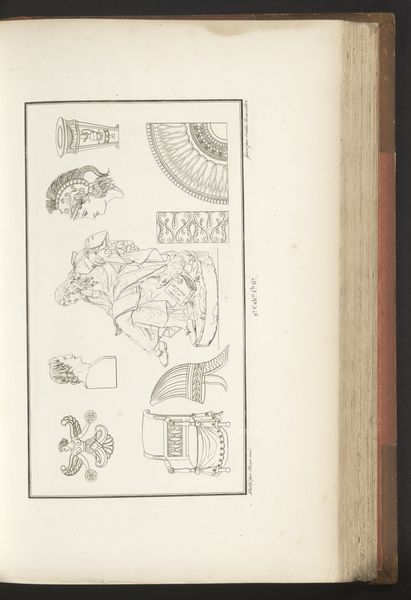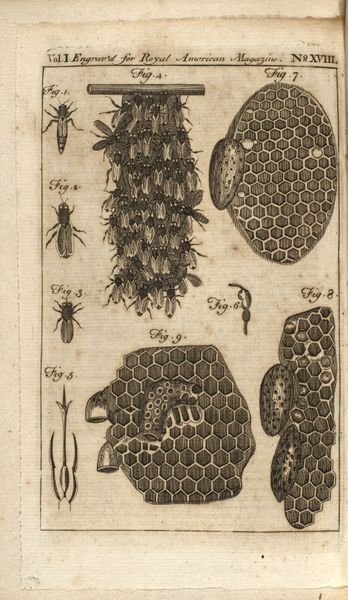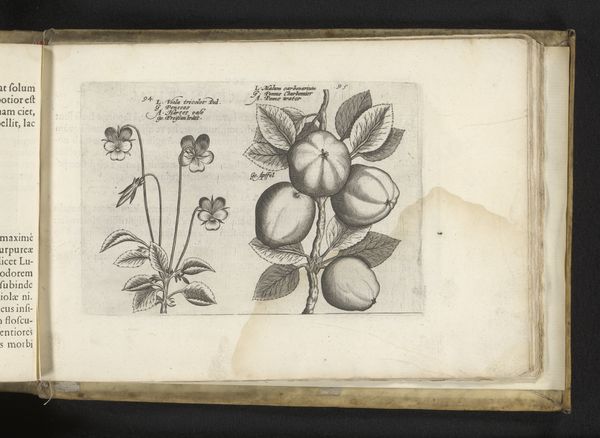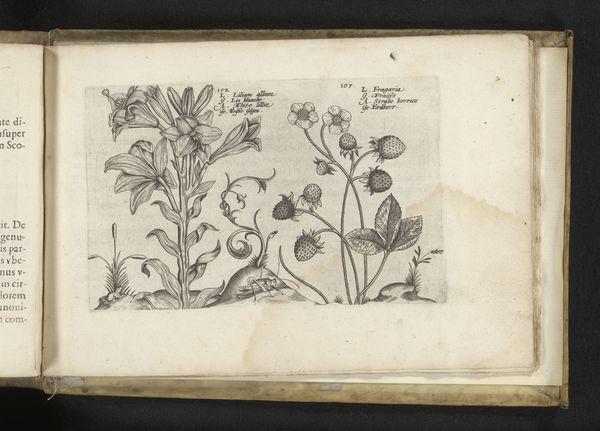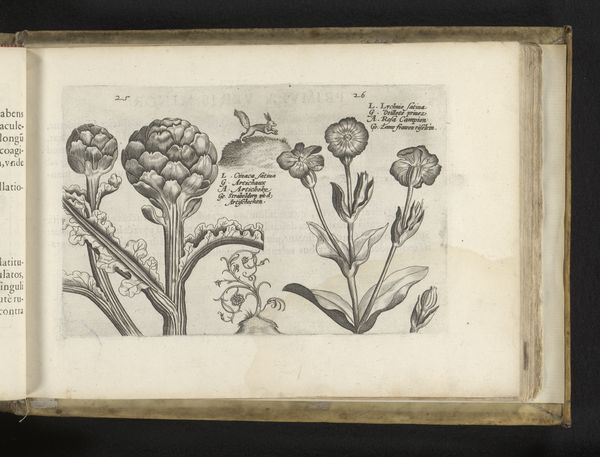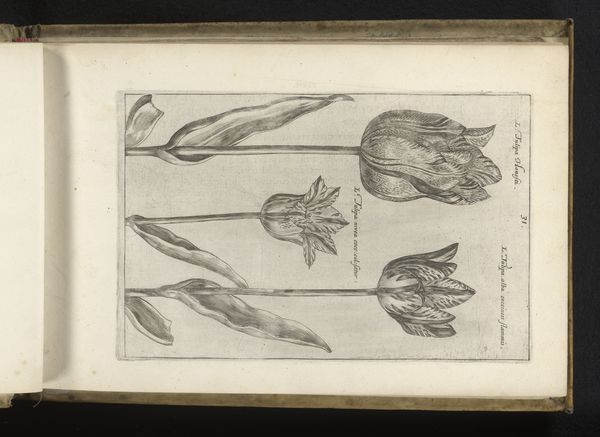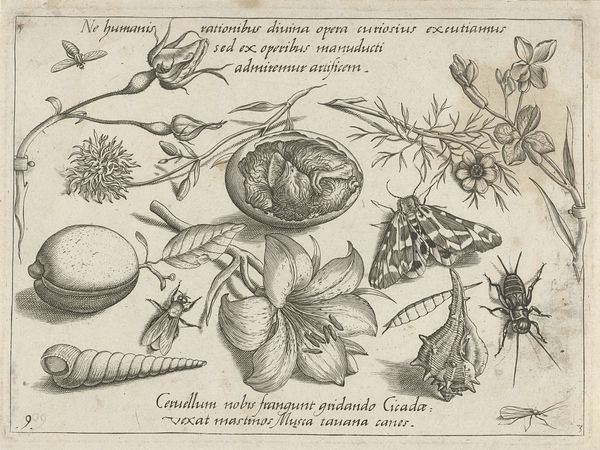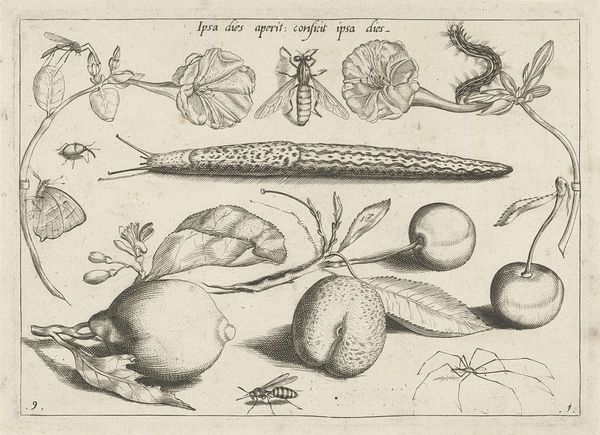
Modelbuch aller Art Nehens vn Stickens (Page 14r) 1535
0:00
0:00
drawing, print, ink, woodcut, pen
#
drawing
#
medieval
# print
#
book
#
sketch book
#
figuration
#
11_renaissance
#
ink
#
woodcut
#
pen work
#
pen
Dimensions: Overall: 7 5/16 x 5 5/16 in. (18.5 x 13.5 cm)
Copyright: Public Domain
Curator: I am immediately struck by the quaintness and miniature scale of this page, almost like a collection of specimens neatly pinned down. Editor: Indeed! We're looking at page 14r from "Modelbuch aller Art Nehens vn Stickens," created by Christian Egenolff in 1535. It’s currently held at the Metropolitan Museum of Art. This woodcut print in ink showcases various animal motifs. Curator: "Modelbuch"—a pattern book. That situates these images firmly within the realm of craft production, not "high" art. Notice the simple lines, the economical use of materials – these were clearly designed to be easily reproducible for needlework or embroidery. Editor: Absolutely. And let's consider these animals. A scorpion, a whale – although his "walfisch" looks rather ferocious! What do these creatures symbolize in the 16th century imagination? The scorpion evokes betrayal and danger, naturally, while the whale... perhaps the vast, unknown terrors of the deep, the embodiment of natural forces? Curator: Right, the choice of subject tells a great deal. But for whom were these images made? Likely wealthy women in urban centers. They’re purchasing pattern books, purchasing materials, they are producing things. And they may want these things at different rates, they also would dictate wages. I do love how you called it a visual bestiary; it could be equally thought of as a catalogue of natural resources, perhaps for luxurious production or personal pleasure. Editor: Perhaps both. Consider also the snail, positioned alongside more dramatic creatures. The snail, so often a symbol of diligence, of taking one's home wherever one goes, speaks to a very different kind of life and perhaps even domestic contentment. The page, therefore, functions as a matrix of values as much as visual instruction. Curator: Fascinating. Each carefully etched line represents countless hours of labor and skill to both design the drawings and fabricate the plates from which the page was created. The final product is also easily available for widespread circulation for labor to continue! It really highlights the social and economic network required. Editor: Absolutely. I’ve found myself discovering hidden stories, contemplating the intersection of art and daily life, and now understanding the work's production. Curator: It is, after all, more than just images—it’s evidence of both early industry and artistry working hand-in-hand.
Comments
No comments
Be the first to comment and join the conversation on the ultimate creative platform.
